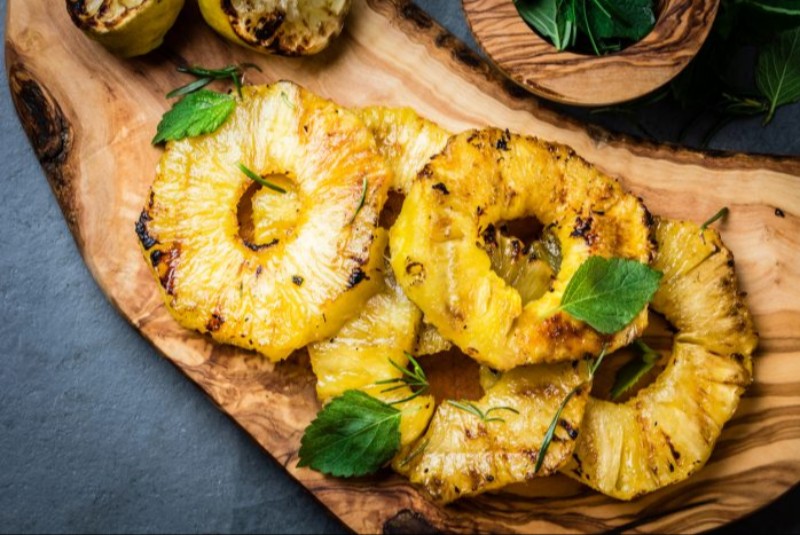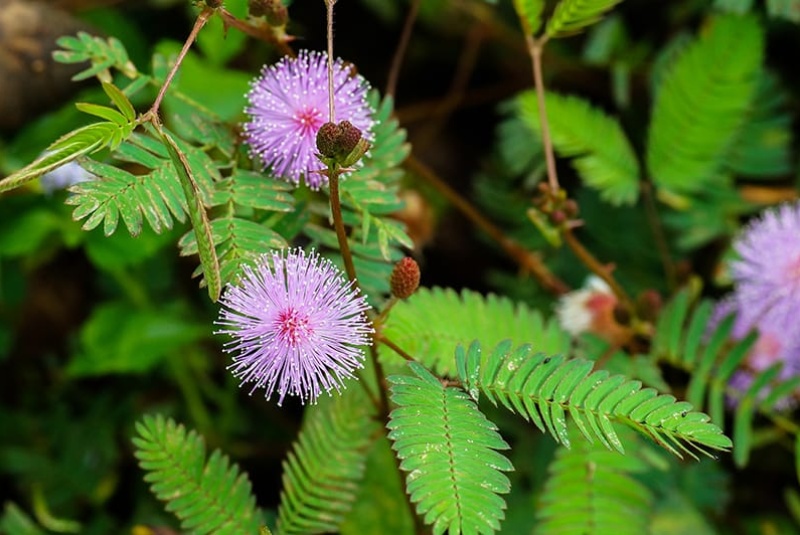The story of the pineapple is as rich and diverse as its flavor profile, weaving a tale of international trade, colonial ambition, and cultural phenomena from its humble origins to its rise as an exotic emblem of wealth and status.

Origins and Discovery
The pineapple’s journey begins in the lush landscapes of Brazil, in the heart of South America, where it grew wild. The indigenous people cultivated pineapples long before the arrival of Europeans, and its spread across South America saw the development of different varieties, each adapted to the local conditions. The encounter of Christopher Columbus with the pineapple on the island of Guadeloupe in 1493 marked the introduction of this intriguing fruit to Europe, although Columbus and his crew were likely not the first Europeans to taste the pineapple, their transport of it across the Atlantic undoubtedly set the stage for its future popularity.
A Symbol of Hospitality
Upon its arrival in Europe, the pineapple was celebrated not only for its sweet, tangy taste but also for its exotic appearance. It quickly became a symbol of hospitality and luxury. The crowned fruit, with its rough exterior and juicy interior, was often placed at the entrance of grand estates to greet guests. Its image began to feature in European art and architecture, carved into gateposts, and included in still-life paintings, symbolizing the reach and power of the colonial empires that brought it home.
Cultivation Challenges
The European climate was far from ideal for growing pineapples, which necessitated the construction of specialized hothouses. These 'pineapple pits' were engineering marvels of the time, designed to maintain a tropical climate in the midst of temperate Europe. England, in particular, invested heavily in these endeavors, seeing the cultivation of pineapples as a reflection of the nation's ingenuity and global economic prowess.
The Pineapple Pit
The pineapple pit, a precursor to the modern greenhouse, was an architectural wonder of its time. It utilized fermenting manure and later, sophisticated heating systems to create the tropical conditions necessary for pineapple cultivation. These structures were not only functional but often lavishly designed, reflecting the high status of their produce. It’s within these hothouses that botanists pushed the boundaries of agricultural science, a pursuit driven as much by vanity as by horticultural interest.
A Luxury Commodity
The rarity and cost of pineapples made them incredibly valuable. To possess a pineapple was a clear display of wealth, often more ornamental than culinary. The notion of renting a pineapple for social events underscores the absurd lengths to which the upper classes would go to flaunt their affluence. The demand for pineapples was such that, as noted, their cost could equate to the price of significant assets like a coach, a striking example of the fruit's luxury status.
Culinary Developments
As the pineapple became more accessible, it infiltrated the culinary arts. Chefs in the 18th and 19th centuries devised new recipes and presentations, integrating the fruit into dishes that graced the tables of high society. The pineapple also inspired the invention of new culinary tools, such as the pineapple corer and slicer, designed to tackle its tough exterior and core.
Cultural Impact
The pineapple craze in Europe can be likened to the tulip mania in the Netherlands during the 17th century. It was a social phenomenon that crossed over from mere consumption to a statement of class and taste. Pineapples were featured in artworks, on pottery, and even as architectural elements, further embedding the fruit in the social consciousness of the time.
Horticultural Feats
The efforts to cultivate pineapples in Europe were not just about producing the fruit; they represented a broader fascination with botany and the natural sciences that characterized the Enlightenment. Botanists and gardeners became celebrities in their own right, their ability to coax exotic fruits from the earth seen as both a scientific and a cultural accomplishment.
Bromelain: The Flesh-Eating Enzyme
Perhaps one of the most curious aspects of the pineapple is its enzyme, bromelain, which breaks down proteins. This peculiarity makes eating a pineapple a slightly self-destructive act, as the enzyme begins to digest the proteins on the surface of the mouth, leading to that common tingling or stinging sensation. It’s a testament to the complexity of nature that something as delightful as a pineapple can have such a caustic effect. In the fields, the constant exposure to bromelain does indeed take a toll on the workers, as anecdotal evidence suggests long-term handlers may see the erosion of their fingerprints over time.
Modern Day Pineapple
Today, the pineapple has shed its status as a rarity and become a staple in diets around the world, enjoyed fresh, juiced, or as part of culinary creations. Its history reflects a larger narrative of globalization, the exchange of goods, and the human penchant for assigning value to the exotic and scarce. While we may no longer rent pineapples for parties, the fruit remains a symbol of welcome in many cultures, a nod to its storied past.
Reflections on a Global Icon
In contemporary times, the pineapple continues to serve as a global icon, a reminder of the intertwined history of exploration, exploitation, and the exchange of goods and ideas. It graces tables in various forms, from fresh slices to ingredients in dishes that span cuisines worldwide.
The pineapple’s journey from Brazilian fields to European feasts is a microcosm of the age of exploration, colonialism, and the early stirrings of globalization. Its cultivation and consumption patterns tell stories of wealth, power, and human curiosity. The pineapple, once a sign of unattainable luxury, now graces markets and tables worldwide, its complex history nestled within its spiky crown. As it continues to be a beloved fruit, the pineapple serves as a reminder of the lengths to which societies will go to savor and show off the bounties of nature.
In closing, the pineapple’s history is a tale of transformation: from indigenous cultivation to a symbol of colonial power, from an aristocratic obsession to a global culinary favorite. It mirrors the shifts in economic, social, and cultural dynamics over the centuries. As we bite into the sweet flesh of a pineapple, we partake in a story that extends far beyond the sensory experience, a narrative of human endeavor, ingenuity, and the complex legacy of global exchange.




